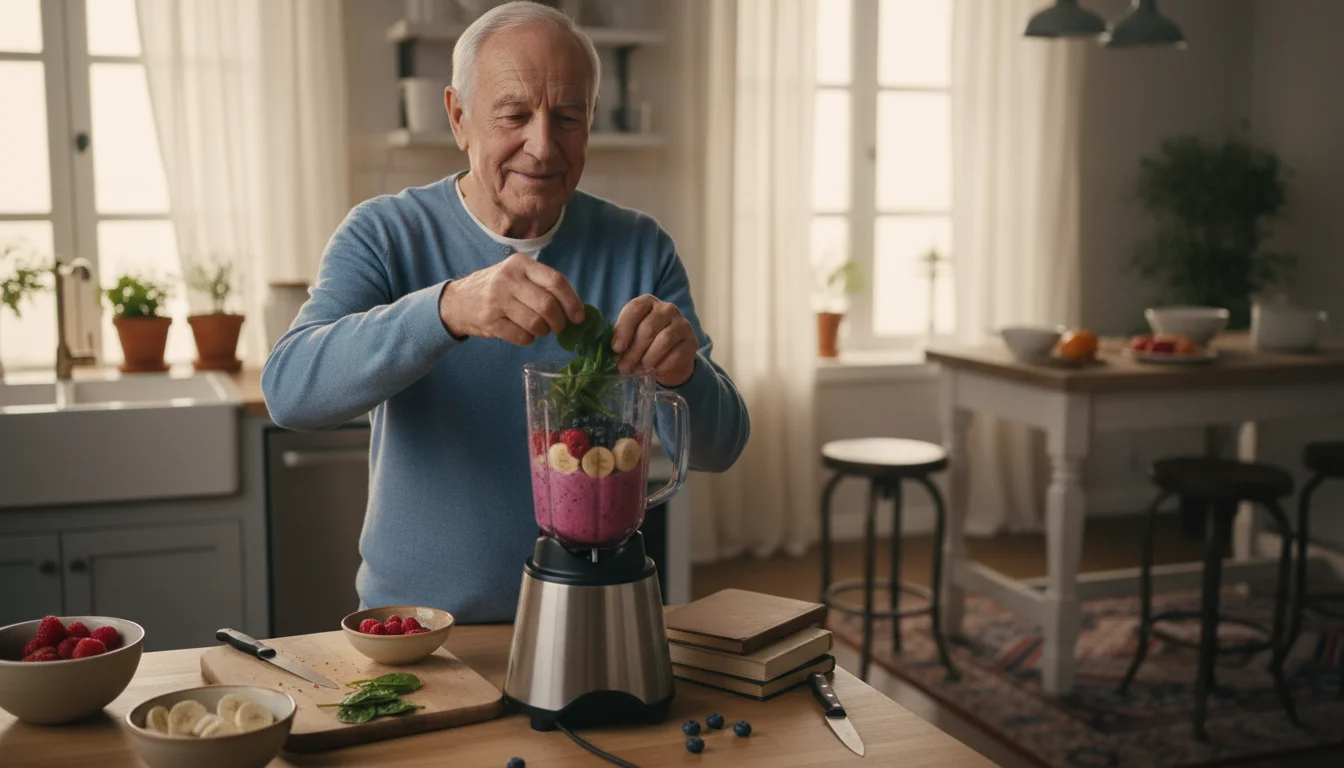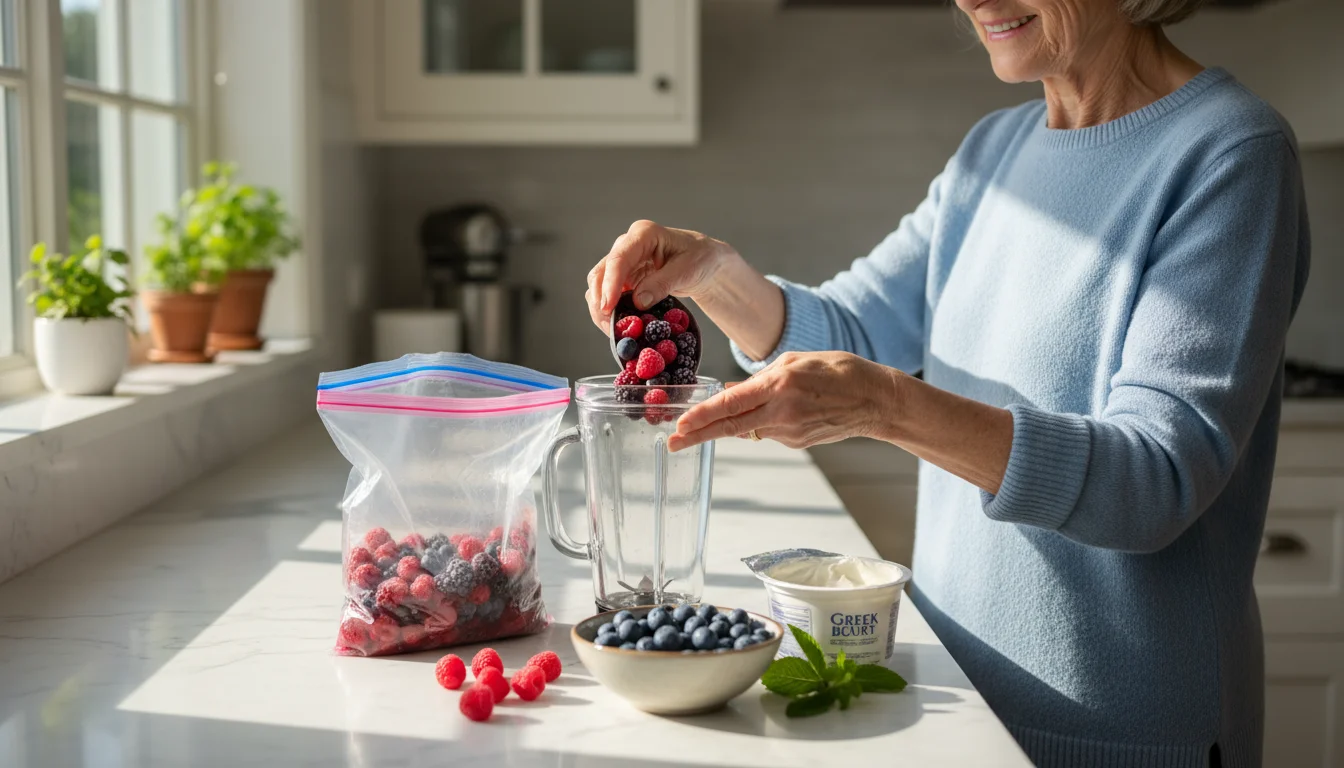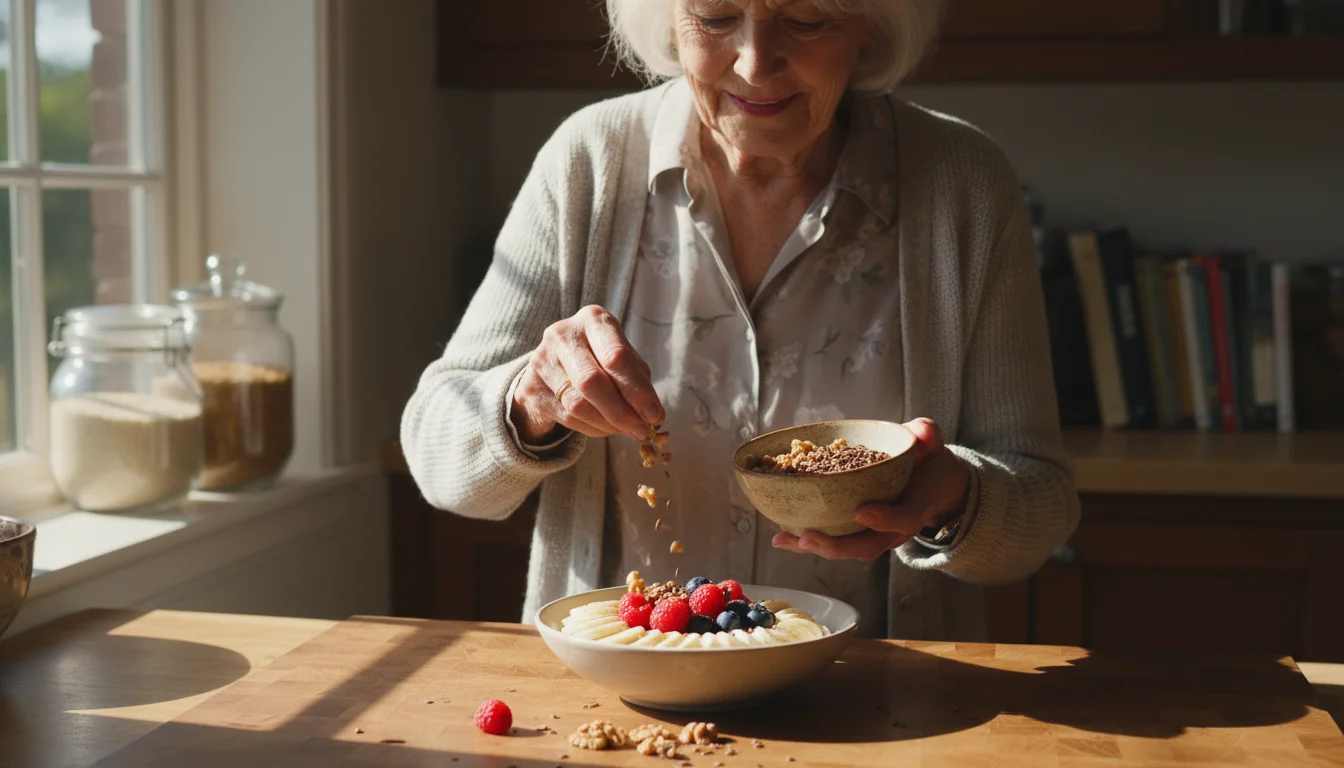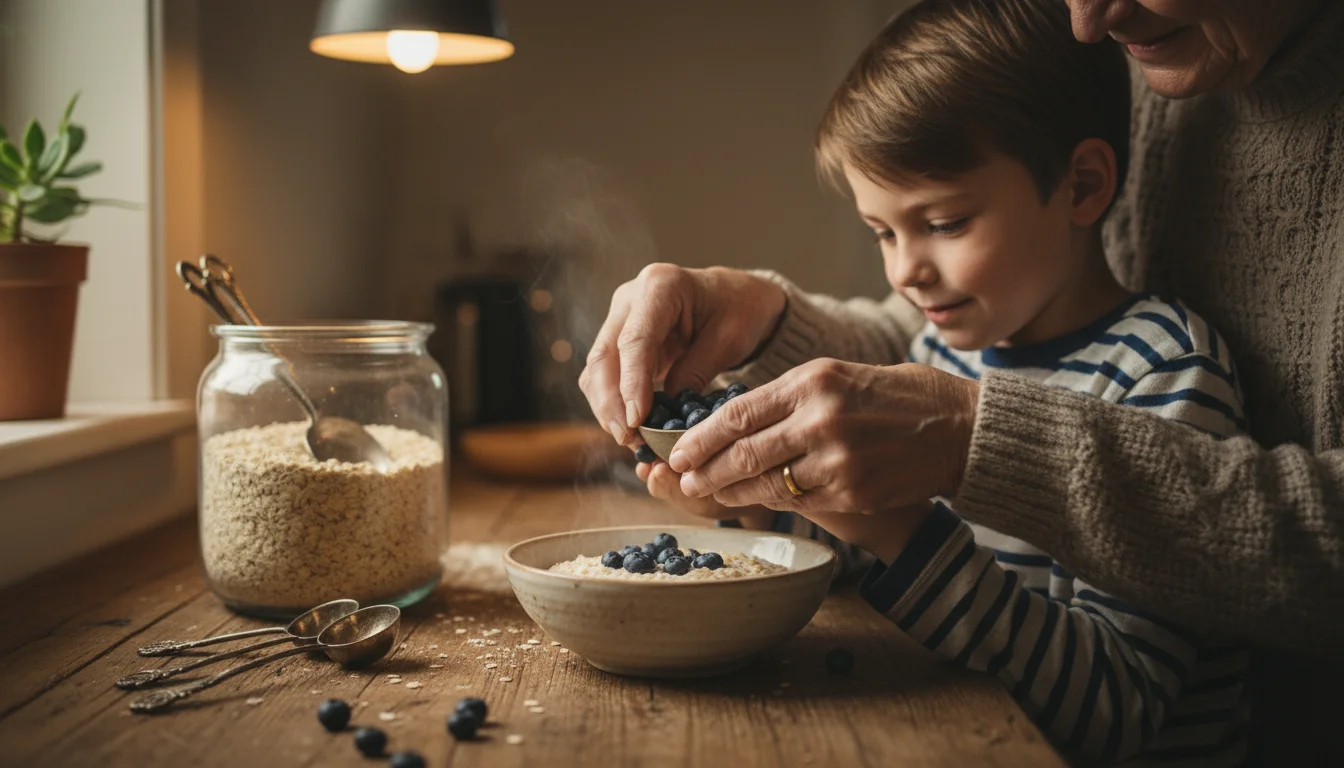
A Step-by-Step Guide to Eating for Brain Health Safely
Incorporating memory-boosting foods into your meals doesn’t have to be complicated. The goal is to make simple, sustainable changes. Here is a guide to some of the best foods for cognitive function, along with safe and easy ways to enjoy them.

1. Fatty Fish: The Omega-3 Powerhouse
What they are: Oily fish are packed with omega-3 fatty acids, which are essential for brain structure and function. Aim for at least two servings per week.
Examples: Salmon, mackerel, sardines, herring, and albacore tuna.
How to enjoy them safely:
- Baked or Broiled: Baking or broiling fish with lemon and herbs is a healthy preparation method that avoids adding unhealthy fats.
- Canned Options: Canned salmon, sardines, and light tuna are convenient and affordable. Look for options packed in water instead of oil. Mix them into salads or form them into patties.
- Safety Note: Some larger fish can contain higher levels of mercury. The fish listed above are generally considered safe choices. If you have concerns, your doctor can provide guidance.

2. Leafy Greens: Your Brain’s Best Friend
What they are: These vegetables are loaded with brain-friendly nutrients like Vitamin K, folate, and antioxidants.
Examples: Spinach, kale, collard greens, and broccoli.
How to enjoy them safely:
- In a Salad: A daily salad is a simple way to get your greens. Use a spinach or kale base instead of iceberg lettuce for a bigger nutritional punch.
- Steamed or Sautéed: Lightly steam or sauté greens with a bit of olive oil and garlic as a side dish for your main meal.
- In Soups and Smoothies: Add a handful of spinach to your favorite soup or blend it into a fruit smoothie. You often won’t even taste it!
- Crucial Safety Warning: As mentioned earlier, if you take blood-thinning medication like warfarin, you must speak with your doctor before changing your intake of leafy greens due to their high Vitamin K content.

3. Berries: Nature’s Antioxidant-Rich Candy
What they are: The deep, rich colors of berries come from flavonoids, powerful antioxidants that help protect the brain.
Examples: Blueberries, strawberries, blackberries, and raspberries.
How to enjoy them safely:
- With Breakfast: Sprinkle a handful of fresh or frozen berries on your oatmeal, yogurt, or whole-grain cereal.
- As a Snack: A small bowl of mixed berries is a delicious and healthy afternoon snack.
- Budget-Friendly Tip: Frozen berries are just as nutritious as fresh ones and are often more affordable, especially when berries are out of season. They are perfect for smoothies.

4. Nuts and Seeds: Small but Mighty
What they are: Nuts and seeds are excellent sources of healthy fats, antioxidants, and Vitamin E, which protects cells from oxidative stress.
Examples: Walnuts (especially high in a type of omega-3), almonds, pecans, flaxseeds, and sunflower seeds.
How to enjoy them safely:
- Mindful Snacking: A small handful (about a quarter cup) is a good serving size. Since they are high in calories, it’s easy to overdo it.
- As a Topping: Sprinkle chopped nuts or seeds on salads, yogurt, or oatmeal to add a satisfying crunch and nutritional boost.
- Choose Unsalted: Opt for raw, unsalted nuts to avoid excess sodium, which is important for maintaining healthy blood pressure.

5. Whole Grains: Fuel for Focus
What they are: Unlike refined carbohydrates, whole grains provide a steady supply of glucose (energy) to the brain, which is essential for concentration and focus. They are also rich in B vitamins.
Examples: Oatmeal, quinoa, brown rice, barley, and whole-wheat bread and pasta.
How to enjoy them safely:
- Start Your Day Right: A bowl of oatmeal is a fantastic brain-fueling breakfast.
- Make Smart Swaps: Simply replace white bread with 100% whole-wheat bread for your sandwiches. Choose brown rice instead of white rice with your meals.

6. Dark Chocolate: A Delicious Treat for Your Brain
What it is: Dark chocolate (70% cocoa or higher) is packed with flavonoids, caffeine, and antioxidants. These compounds may help improve memory and attention.
How to enjoy it safely:
- In Moderation: A small square or two per day is enough to reap the benefits without consuming too much sugar and fat.
- Choose High Cocoa Content: The higher the percentage of cocoa, the more health benefits it has (and the less sugar). Milk chocolate does not provide the same brain-boosting effects.


















